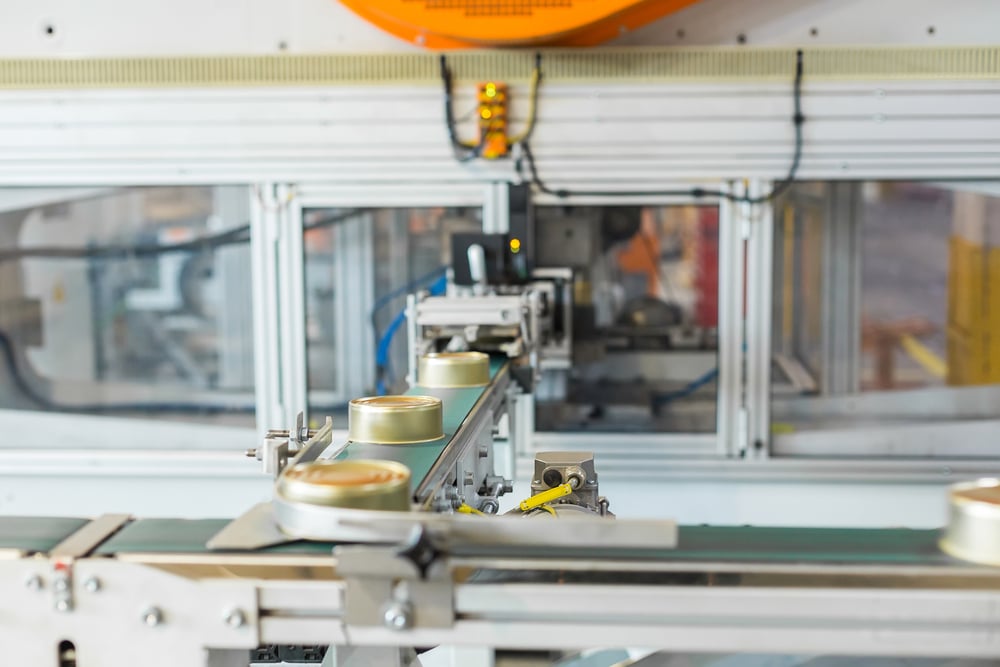
Stainless steel has been used in many forms over the last 150 years, but no industry can hold a candle to the impact it has had on the food and beverage industries. These industries have grown significantly in the last 100 years, in large part due to the sterile and smooth stainless-steel surfaces used at every level of food preparation and packaging.
While the first stainless-steel cutlery was created around 1910, the food and beverage industry as a whole did not embrace the material until much later. In the 1930s restaurants and food preparation lines started making use of stainless steel sinks, and stainless steel backsplashes and cooktops began popping up in the 50s and 60s. Finally, the 80s saw General Electric using stainless steel in all of their appliance construction.
For most consumers, stainless steel is found in food preparation kitchens, as well as presentation and self-service machines. All of these use stainless steel because the chromium content gives it a higher tensile strength while the nickel content and smooth surfaces make it easy to clean and sanitize on a frequent basis.
Stainless steel in food preparation and storage
Stainless steel food containers are the best way to go when preparing and storing food in your kitchen or food prep areas. While plastic containers are very durable, they are not as easily cleaned and sterilized as stainless steel. At the same time, it is important to note that the stainless steel used for food preparation or storage must be of an appropriate grade.
Food grade stainless steel products are made with Type 304 stainless steel. It is also referred to as 18/8 or 18/10 stainless steel, which refers to the amounts of chromium and nickel in the steel. In addition to the ability to sterilize and clean properly, this type of steel is the best for food preparation and storage, because:
- It is durable enough to stand up to abuse as well as resist corrosion, which also reduces cross contamination.
- Its smooth surface is easy to keep clean and sterile between uses. Cleaning with bleach and other chemicals is safe with food grade stainless steel, so you can keep your food preparation areas and kitchen safe from bacteria.
- It can withstand both high and low temperatures, making it a good option for cookware, bakeware, food warmers, and food storage of every type and size.
Today stainless steel is being used for a wide variety of purposes within the larger food and beverage industry. With most of our food being processed, preserved, and packaged before arriving in our homes, it is no wonder that easily sterilized stainless steel is used for almost every part of the process.
From agricultural uses like electrical or mechanical equipment to displays like that fresh baked donut in the self service window, stainless steel has the added benefit of being easily fabricated to create food safe storage just right for your particular products or menu items.











